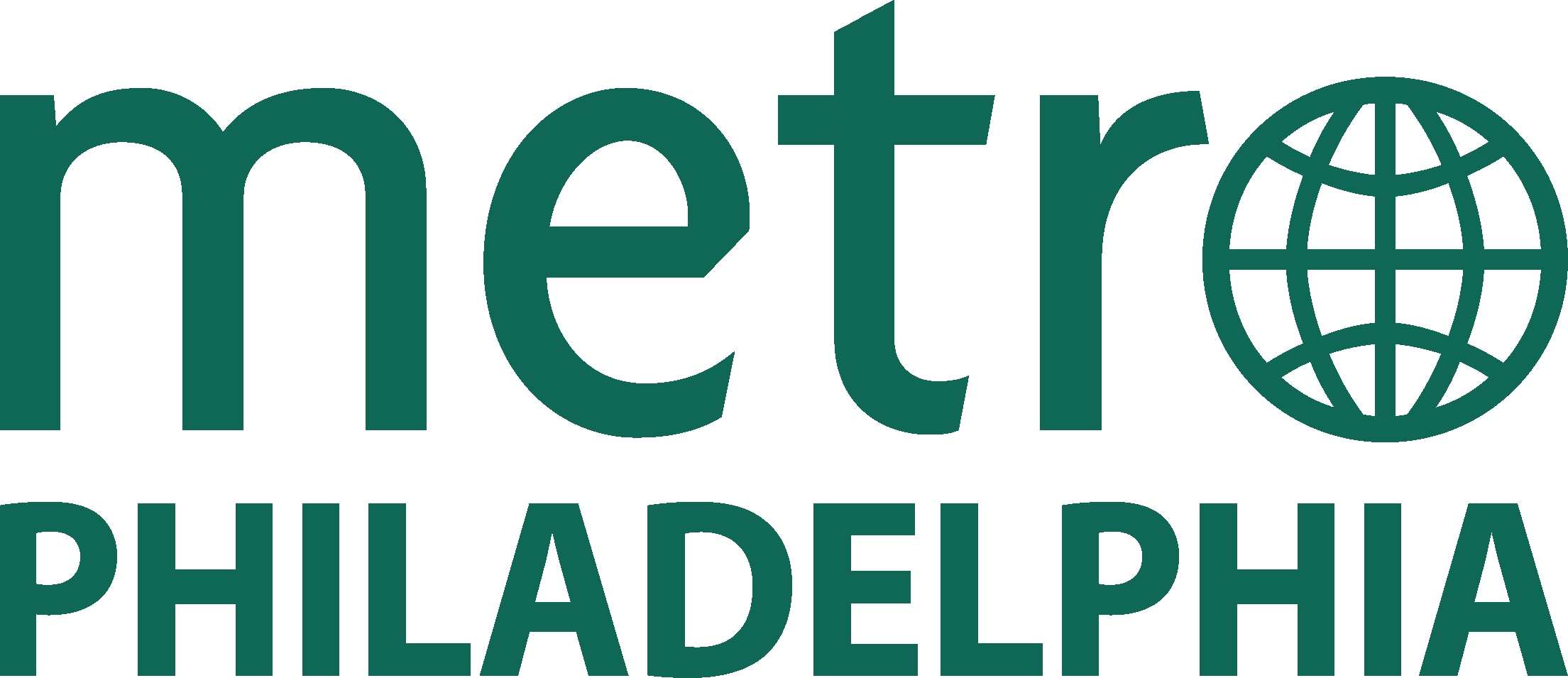Figuring out how to tackle college tuition can be as overwhelming as deciding what to major in. But don’t worry, promises Patricia Reilly, financial aid director at Tufts University in Medford, Mass. There’s a way to pay.
“The first step is to get a handle on the kind of program you’re interested in and what your goals are. And then start to think about how to pay for it,” she says. “You don’t want to eliminate schools right away based on their costs, because there are methods to help you.”
For example, Reilly says, that pricey private school you crossed off your list might actually wind up costing less than other options by offering more financial aid.
Reilly suggests sitting down with financial aid officers at the schools you’re interested in, because “they’re the ones who know best the kind of resources their students typically get.”
Here are some of the loans they’ll help you look into:
Federal Perkins: This one is for students with “exceptional” financial need. You applied if you submitted a Free Application for Federal Student Aid (FAFSA), but a school may require additional paperwork.
Subsidized Stafford: Students with financial need are eligible. If you applied for FAFSA, you applied for this.
Unsubsidized Stafford: Anyone has a shot, but there’s a cap on the total amount you can get from a combination of subsidized and unsubsidized Stafford loans.
PLUS: Also a federal loan, PLUS stands for Parent Loans for Undergraduate Students. Thanks, mom and dad!
Private: Anyone with good credit can get a private (not from the government or school) loan, but be cautious, Reilly warns: “Rates tend to be higher and there aren’t as many repayment options, so these should be a last resort.”




























